A message from Goodway Technologies
Ensuring Safety and Cleanliness: The Crucial Role of Industrial Vacuums in Nuclear Power Facilities

A message from Goodway Technologies
Ensuring Safety and Cleanliness: The Crucial Role of Industrial Vacuums in Nuclear Power Facilities
Welcome to 2019! I hope everyone who took a break enjoyed it. For those who didn't, why didn't you? Initially, I had thoughts of trying to separate from social media and news to a significant extent during the holidays but, after conversations with Linda Zec (our wonderful ANS staff liaison for the Social Media Team, among many other things) decided that it was impractical to do so for a variety of reasons. So, as the holiday furor ebbed and flowed and I continued, still connected, to read news and year-end summations, I found myself wishing that there wouldn't be so much frustrating news in 2019. That's why I decided to open my eighth calendar year writing for the ANS Nuclear Cafe with a wish list, or "listicle" in the inside jargon, if you prefer. Here, in ascending order of importance (or, I suppose, increasing order of unlikelihood) are my five wishes for this new year in nuclear energy. (All on one screen; no annoying "next" buttons. You're welcome.)
December 20, 1951 marks an important date in the history of nuclear power; it's the date on which the first useful electric power was generated by atomic fission. While the now-famous event at that time only powered four light bulbs, the somewhat stunt-like nature of the day obscured the fact that the plant was actually set up to generate considerably more power, and did so. Let's take a look at this fact and, at the same time, the facility through illustrations from my collection and from photographs that I took myself while touring EBR-1 earlier this year.
The year 1971 saw a continuation of the general trend of rising capital costs for all types of power plants, described by the U.S. Atomic Energy Commission (AEC) in its publication for 1971 as having "risen rather rapidly." According to the AEC, the aggregate major causes for the increases in costs specific to nuclear electric power plants were as follows, with author's analysis accompanying each:
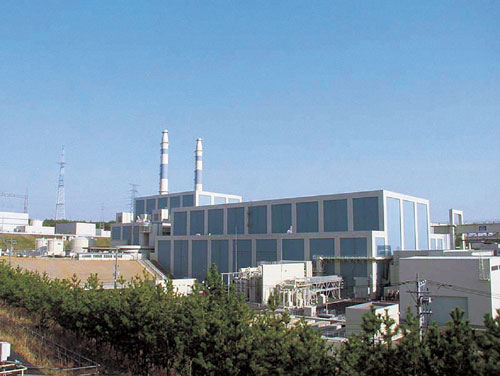
Shika NPP Unit 2. Courtesy Hokuriku Electric Power Co.
Yesterday, the saga of nuclear energy in post-Fukushima Japan reached an important milestone as the final utility that owns nuclear power plants in that country applied to the regulator for restart, in an event that snuck under the radar of most news venues.
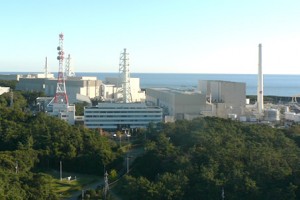 "I will see to it by some means or other. I will properly deal with it." So go the reported words of Japanese Prime Minister Shinzo Abe regarding the restart of nuclear power plants in Japan, as printed recently in the Japanese press. At the present time, while the Japanese government and courts seem to be at odds on restarting plants-with the public left in the middle-those at the nuclear plants themselves must count on eventual approval to restart and must ensure required measures are completed properly. Those preparing for restart continue to work toward that end while facing an improving, but not yet by any means certain, situation in the public and legal arenas.
"I will see to it by some means or other. I will properly deal with it." So go the reported words of Japanese Prime Minister Shinzo Abe regarding the restart of nuclear power plants in Japan, as printed recently in the Japanese press. At the present time, while the Japanese government and courts seem to be at odds on restarting plants-with the public left in the middle-those at the nuclear plants themselves must count on eventual approval to restart and must ensure required measures are completed properly. Those preparing for restart continue to work toward that end while facing an improving, but not yet by any means certain, situation in the public and legal arenas.
Recent developments in Japan concerning the Fukushima Daiichi plant recovery specifically, and nuclear energy generally, have not been exceedingly positive. The difficult recovery efforts at the crippled nuclear plant are not all proceeding smoothly; delays and technical problems continue to abound and confound. Meanwhile, on a broader scale, the national pullback from nuclear may be even more serious and have longer term effects than anyone realizes.
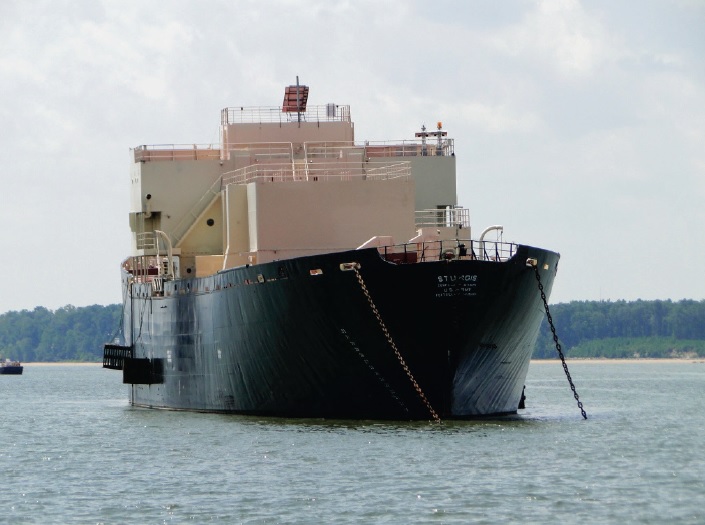
Nuclear barge STURGIS; photo from US Army Corps of Engineers
Last week, we were reminded of a mostly forgotten but ambitious effort spanning the late 1950's and 1960's by the Atomic Energy Commission (AEC) and the U.S. Army-to develop a versatile range of small nuclear power plants-when it was announced that CB&I had been awarded a contract to decommission the former Army nuclear power plant barge STURGIS. While many have recently touted the Russian Akademik Lomonosov as the "first floating nuclear power plant," the expected completion date for that plant in 2016 will put it almost exactly a half century later than the successful STURGIS.
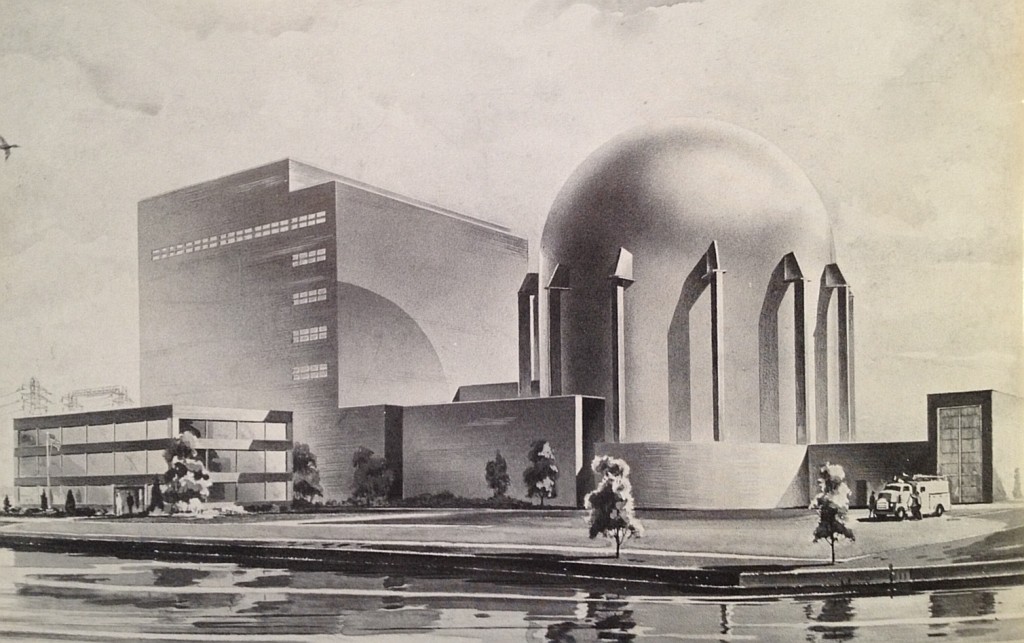
Futuristic illustration from 1955 Progress Report, Atomic Power Development Associates, published March 1956. This would become the Enrico Fermi Atomic Power Plant.
President Eisenhower's momentous Atomic Power for Peace speech to the United Nations in December 1953 included the bold statement: "It is not enough to take this weapon [a metaphor for atomic energy, specifically as weaponized only] out of the hands of soldiers. It must be put into the hands of those who will know how to strip its military casing and adapt it to the arts of peace." With that, he effectively launched the civilian nuclear power business as we know it today-of course, it having since undergone many changes and evolutions. What's little spoken of today is what happened before and after this speech.
This week, the Fukushima Daiichi nuclear station's long history was further appended by the approval of decommissioning plans for the site by Japan's nuclear regulator, the Nuclear Regulation Authority (NRA). This approval both clearly sets guidelines for safety at the site, and puts the government stamp of approval on Tokyo Electric Power Company's highly complicated timeline for the complete decommissioning and removal of Units 1 through 4 at the site. This announcement follows closely the order by Prime Minister Abe to increase government oversight of cleanup efforts on site. What remains to be seen is whether or not the Japanese public has any more faith in their government regarding decommissioning of the site than it has with TEPCO, which by all accounts in the Japanese press is no longer considered trustworthy.
In the wake of the Department of Energy's first funding award to Generation mPower for construction of small modular reactor (SMR) plants at the Clinch River Site earlier this year, other groups have begun to form to bolster the position of other SMR technologies-namely, the Westinghouse SMR, the Holtec SMR-160, and the NuScale Power SMR.
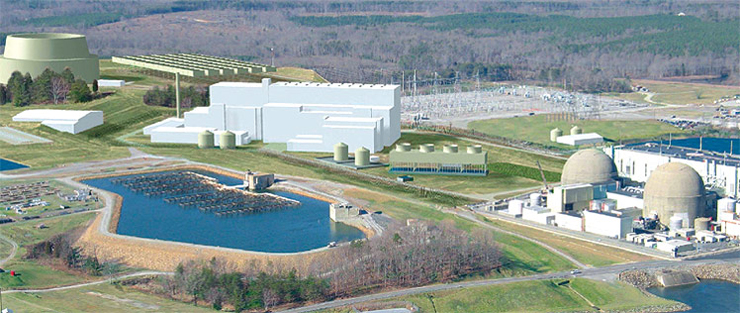
by Will Davis
 Shortly after 11 a.m. on Tuesday, May 7, 2013, the operators at Dominion Resources' Kewaunee nuclear power plant opened its output breaker, disconnecting the turbine generator from the grid for the last time after just under 40 years of operation. Shutdown of the reactor followed, and the plant entered what for some is an uncertain (even if pre-ordained) future-a long-term storage period, followed eventually after many years by the complete dismantling and removal of the plant.
Shortly after 11 a.m. on Tuesday, May 7, 2013, the operators at Dominion Resources' Kewaunee nuclear power plant opened its output breaker, disconnecting the turbine generator from the grid for the last time after just under 40 years of operation. Shutdown of the reactor followed, and the plant entered what for some is an uncertain (even if pre-ordained) future-a long-term storage period, followed eventually after many years by the complete dismantling and removal of the plant.
This week's announcement by Babcock & Wilcox that it had signed the long-awaited funding agreement with the Department of Energy has been taken by advocates of small modular reactors (SMRs) as just the latest good news on the inevitable path to construction of at least one prototype nuclear plant using SMR reactor technology in the United States. It is widely hoped that this is the harbinger of the rapid spread of the market for SMR plants.
Following the Three Mile Island (TMI) accident on March 28, 1979, it seemed to many as if a slowing nuclear energy industry in the United States had been dealt a death blow. It had not, but the public's confidence was shaken, and this blow to public opinion built upon a decade's worth of intensive, focused anti-nuclear effort on the part of a number of large well-funded special interest groups.
The debate over the continuing investigations into steam generator U-tube problems at San Onofre Nuclear Generating Station (SONGS) last week entered a new phase of heightened publicity and public scrutiny as the Nuclear Regulatory Commission (NRC) released Mitsubishi documents which detailed that company's investigations into the root causes of the problems.
The approach of the second anniversary of the Great East Japan Earthquake of March 2011 finds nuclear energy in Japan at a crossroads. After the quake and resulting tsunami, the nuclear plants in Japan that did not shut down immediately eventually all had to shut down for their required, scheduled outages. Political pressures, for the most part, prevented any near-term chance of any of them restarting, it seemed at the time. When Tomari Unit 3 shut down in May 2012, Japan found itself with not one single operating nuclear power plant for the first time in decades. Since that time, only two nuclear units have restarted-Ohi Units 3 and 4 in July 2012. Other plants, rumored to be "next" to start up, have still not started up, although they may soon. The question that springs to mind is naturally, "When will the majority of the plants be allowed to restart?" The more insightful question, though, is, "What will have to be done in order to allow any plant to restart?" And how can we tell which will start first-is there any clue present now? Yes, there is.
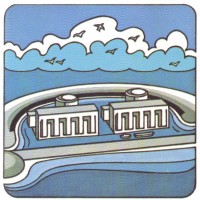 Recent announcements and news stories about a Russian project to build a floating and essentially portable nuclear power plant have been variously tabbed with the heading "new." The idea of a floating, mobile nuclear plant (which is not self-propelled and not a ship) is indeed not new-the nuclear barge STURGIS, itself a converted Liberty Ship, served as a power source for the Panama Canal for many years, beginning back in 1967. The new Russian plants bring extra excitement because they are classed, properly, in the now-popular small modular reactor plant category, having been based on true seagoing designs. This, of course, hints at the fact that their output will not approach that of any of the large, conventional nuclear plants familiar today.
Recent announcements and news stories about a Russian project to build a floating and essentially portable nuclear power plant have been variously tabbed with the heading "new." The idea of a floating, mobile nuclear plant (which is not self-propelled and not a ship) is indeed not new-the nuclear barge STURGIS, itself a converted Liberty Ship, served as a power source for the Panama Canal for many years, beginning back in 1967. The new Russian plants bring extra excitement because they are classed, properly, in the now-popular small modular reactor plant category, having been based on true seagoing designs. This, of course, hints at the fact that their output will not approach that of any of the large, conventional nuclear plants familiar today.
The first of a series on people and events at the 2012 American Nuclear Society Winter Meeting